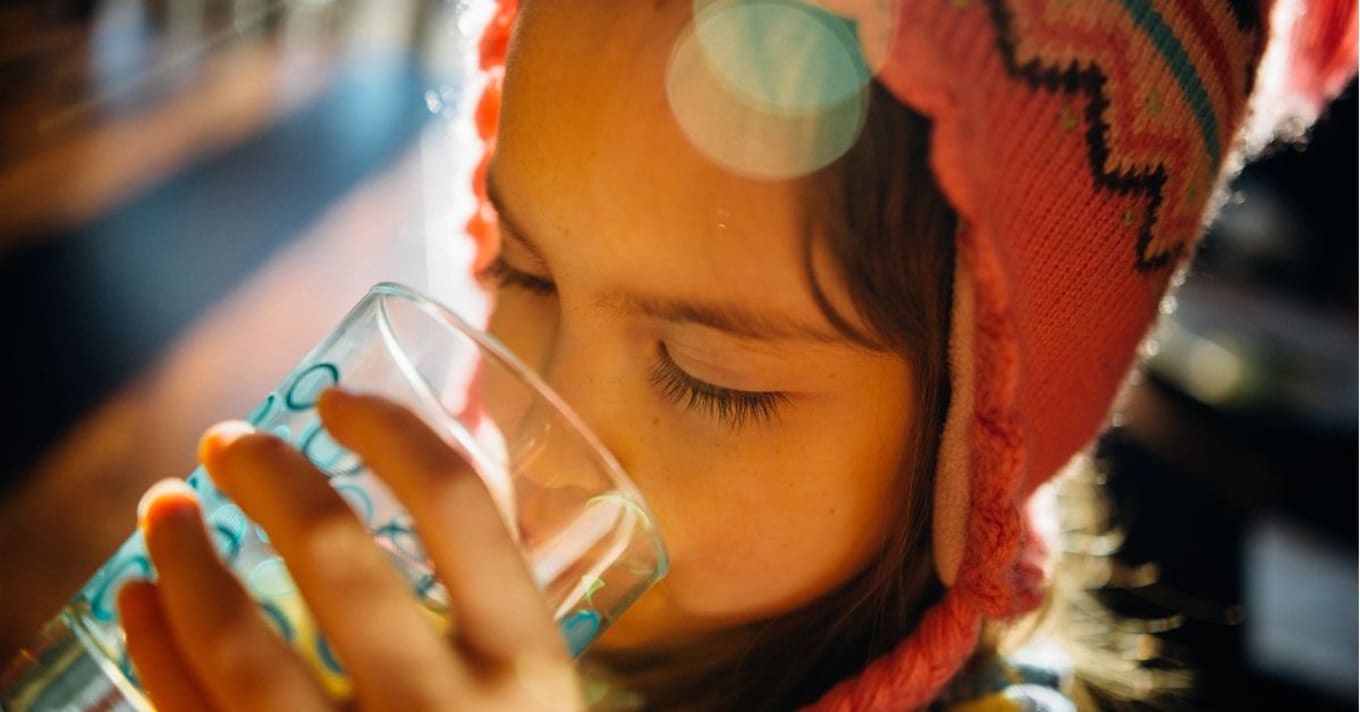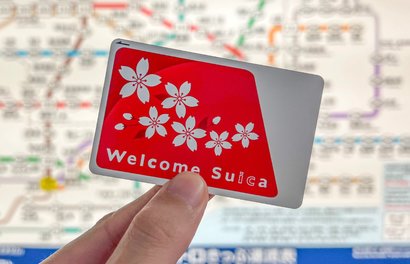A guide to drinkable tap water
No matter where you go, you’ll always need drinking water. In different parts of the world, it’s safe to drink straight from the tap, while in others, you might need to get bottled water or put some effort to treat the tap water.
If you’re travelling soon, simply follow this guide to determine which tap water is okay and if it isn’t, what you should do!
Countries with safe tap water
According to the Centers for Disease Control and Prevention (CDC), the following are countries with safe drinking tap water:
Asia
- Brunei
- Hong Kong
- Israel
- Japan
- Singapore
- South Korea
Europe
- Andorra
- Austria
- Belgium
- Czech Republic
- Denmark
- Finland
- France
- Germany
- Greece
- Iceland
- Ireland
- Italy
- Liechtenstein
- Luxembourg
- Malta
- Monaco
- The Netherlands
- Norway
- Poland
- Portugal
- San Marino
- Slovenia
- Spain
- Sweden
- Switzerland
- United Kingdom
- Vatican City
North America
- Canada
- Greenland
- United States of America
Oceania
- Australia
- New Zealand
Do the rest have undrinkable tap water?
For the countries not listed above, it doesn’t necessarily signify that their tap water is polluted or unsafe for drinking. It simply means that there is a possibility that it could be risky. As a traveller, your body might not be used to the water’s different levels of minerals or impurities in other countries compared to the water that you’re used to.
Locals from countries like Mexico and many other parts of Europe have no troubles with drinking tap water having adapted and built up a tolerance for it. For example, the people Budapest are very proud of their tap water and you can find drinking fountains scattered across the city.
On the flipside, travellers also might not be used to water from some of the countries listed above. There are many who aren’t accustomed to the taste of tap water in the UK due to the higher levels in calcium and magnesium in the water. Besides that, there are also certain regions within the USA that are said to have questionable drinking water.
There’s also the matter of hard water which is water with a high mineral count. Affecting many countries across the world, the drinking water could contain trace minerals like iron, manganese or aluminium.
All in all, whether it’s safe or risky for you to drink tap water has a lot to do with your own body chemistry and how it responds to foreign drinking water. Besides that, bottled water is easily found anywhere so there’s no need to worry too much.
How to treat tap water
If ever in doubt, you can always choose to get bottled mineral water instead of drinking from the tap. Bottled water is readily available almost everywhere and they’re usually provided by your hotels.
However, if you’re looking for eco-friendly ways to cut down on plastic use, you can also treat the tap water providing the water isn’t highly contaminated. Here are a couple of common quick fixes to get drinkable water.
Filter & boil
Photo Credit: GRAYL
You can get a travel-friendly water filter like the GRAYL Purifier Bottle which allows you to get safe drinking water on-the-go. Rather than a filter straw or pump, this purifier works almost like a French press!
While you can drink the water after being filtered, it’s best to boil it first to remove additional risks. Boiling the filtered water helps to kill bacteria that are too small to be filtered off. You can do this the night before or a few hours in advance, so you can have drinking water ready when you need it!
Chemical treatment
In a pinch, you can also chemically treat the water. There are iodine and chlorine tablets sold commercially in stores and pharmacies. They’re sometimes referred to as water purification tablets.
Each tablet will have its own tablet-water ratio and the time required to dissolve can range anywhere between 20 minutes to an hour. While these tablets can be effective in killing most bacteria and viruses in unsafe water, they should not be used on a long term basis.
For those who don’t have access to the tablets, household chlorine bleach can also be used. Use a couple of drops in a litre of water to disinfect the water. Avoid using bleach with perfumes or dyes, otherwise, you might find the water hard to swallow (literally).
It’s not just drinking water
Sometimes it’s easy to forget the other ways unsafe tap water can affect you. Aside from just drinking water, one thing to watch out for is ice cubes in your drinks. More often than not, they’re made with the same untreated tap water.
Besides that, the water used in restaurants to prepare your food may also be untreated. From salads to soups, prepared drinks and more, they can sometimes be the cause of an upset stomach. However, that is highly dependant on an individual’s immune system.
Other than in food and drinks, you might also want to be cautious in the shower. If you’re doubtful about the water quality, try not to gargle or swallow the water in the shower or when you’re brushing your teeth. In countries where water is highly contaminated, it’s recommended to brush your teeth using bottled water.
Prevention & medication
You should always protect yourself before travelling overseas, so make sure you get travel insurance that also covers health and medical. Also, be prepared with some medicine for an upset stomach that you’re used to and that works for you. It’s good to always have them on hand anyway in case someone else needs it or if you get sick from something else.
Klook your holiday & stay hydrated!
Most importantly, remember to keep yourselves hydrated during your holidays. Don’t fret too much about the water. If in doubt, just look for a safe water source – be it bottled mineral water, the filtered water machine from a restaurant, or drinking water in your hotel.
To ensure you have the best and a fuss-free holiday, remember to get your travel essentials from Klook. From airport transfers to 4G WiFi & SIM Card, you can arrive safely and stay connected wherever you are. Embark on great adventures with a day tour, exciting activities, and popular attractions. Klook your holiday adventures now at www.klook.com!






























